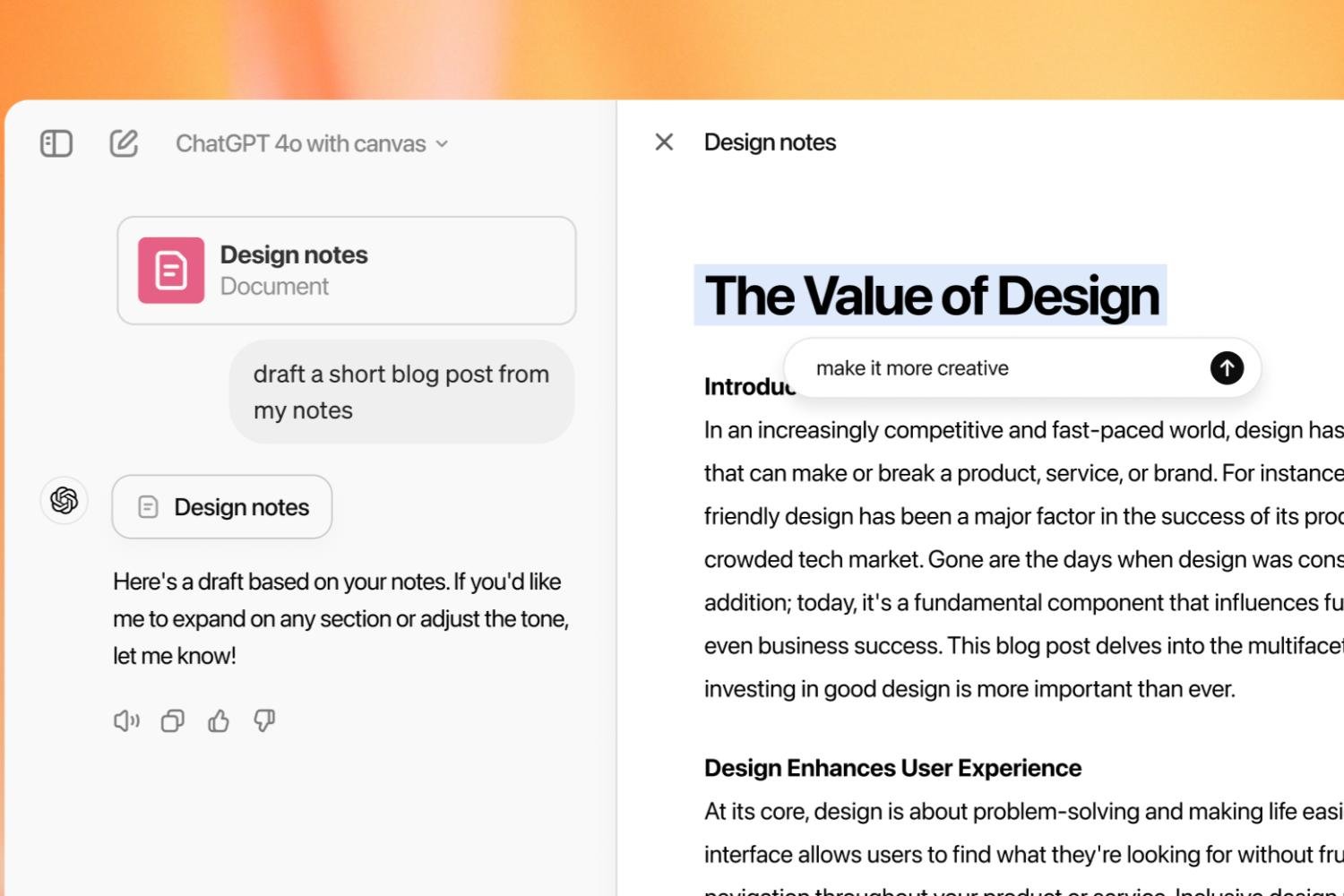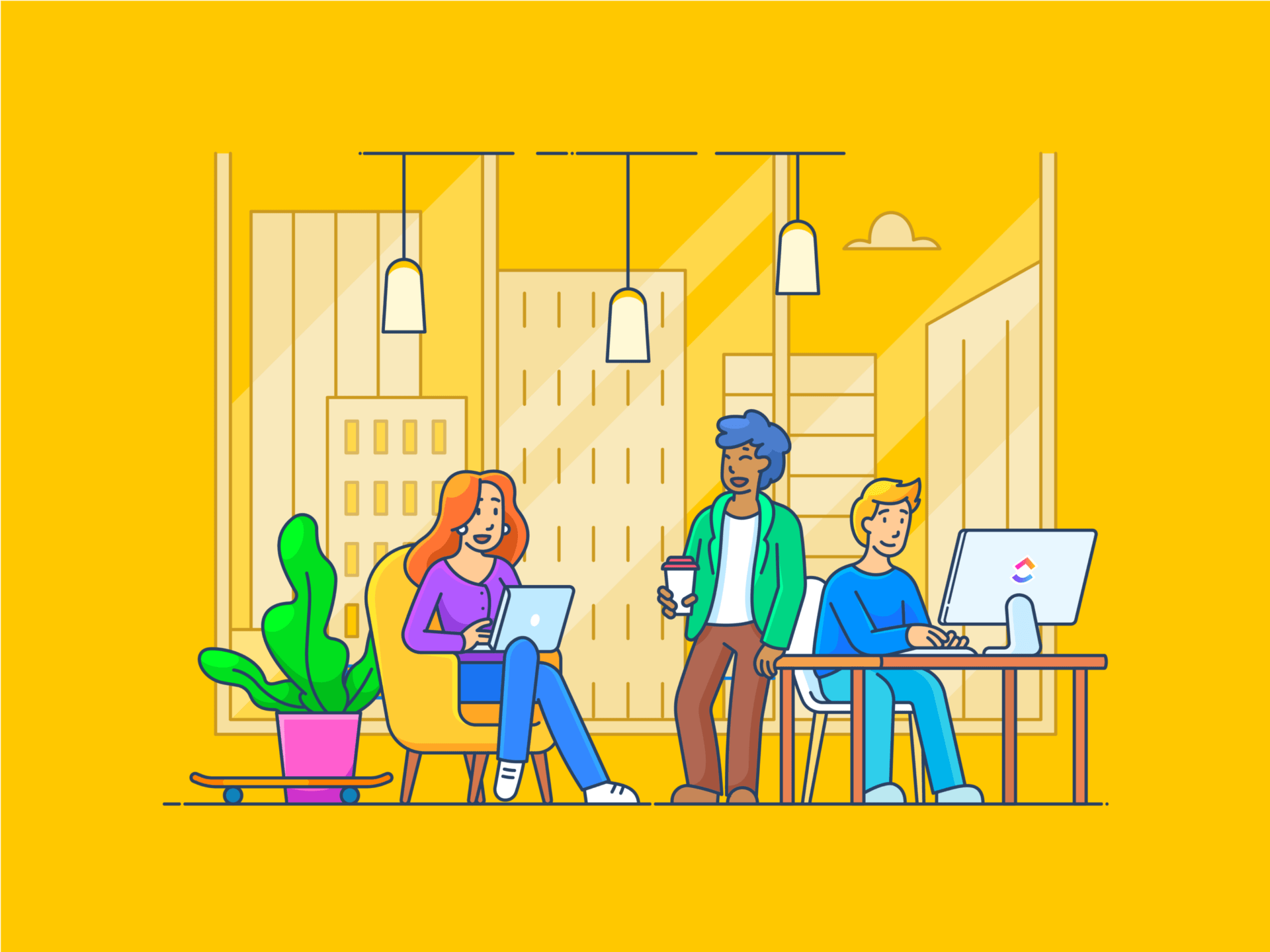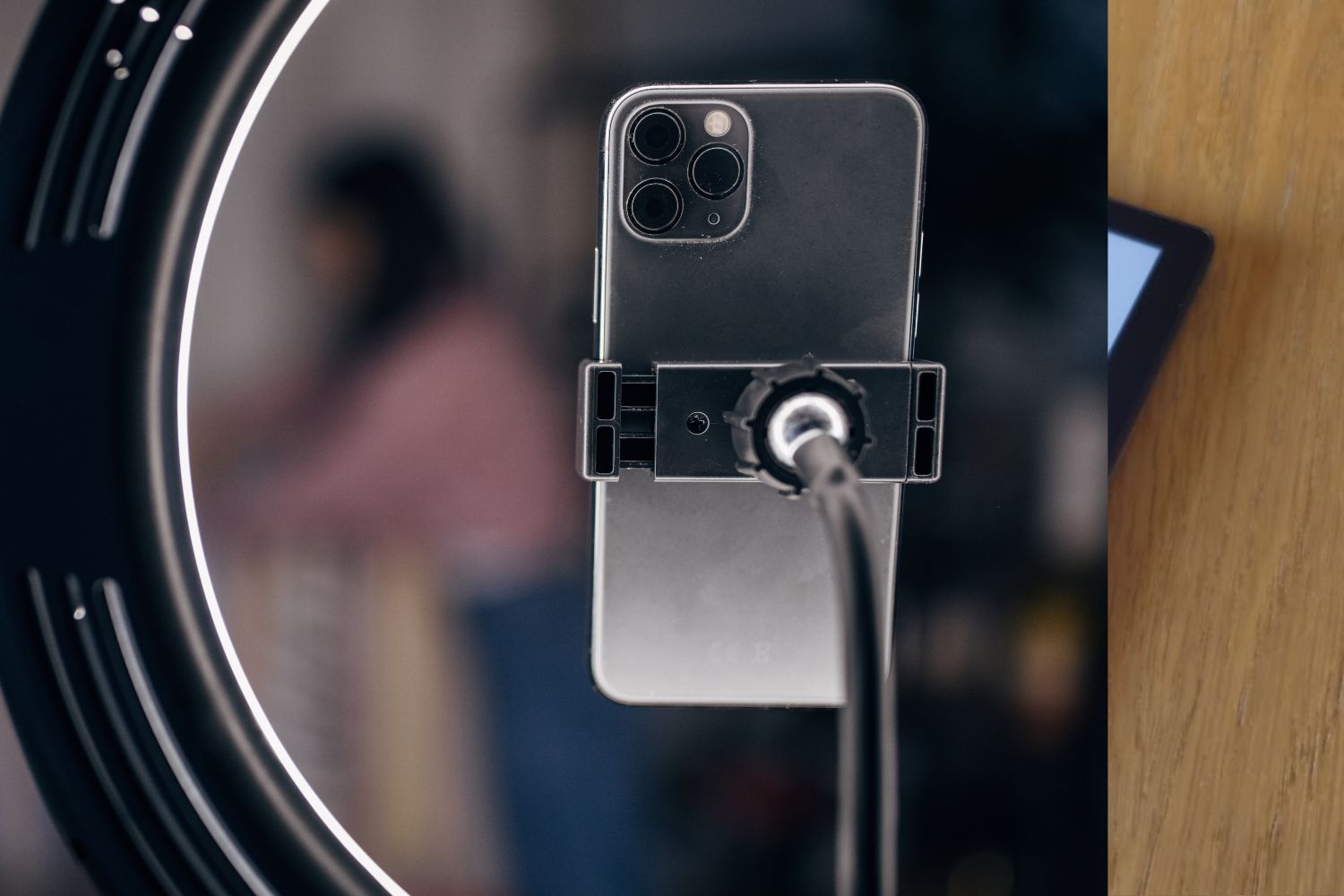This Thursday, OpenAI introduced a new way to interact with its conversational agent. This feature, called “Canvas”, opens a new work window to the right of the conversation space where the user can write a text or a program. He can then highlight different portions to ask for suggestions or modify this or that line through his interactions with ChatGPT.
In essence, this tool seems directly modeled after the Artifacts feature that Anthropic, one of OpenAI’s rival companies, recently added to its Claude chatbot. This is an alternate version of GPT-4o trained to function as a “ creative partner ».
A programming assistant…
For example, it could be of great service to developers who use machine learning to generate code snippets; from now on, it will be possible to refine the result little by little without having to rack your brains to find a suitable prompt and regenerate the entire snippet.
In its press release, OpenAI gives some examples of useful functions in this context. The user can for example ask ChatGPT to analyze an extract to improve it, in particular through inserting logs and comments that help humans debug and better understand the code. It is also capable of detecting logical inconsistencies to resolve a bug, or even to translate the program into another language (JavaScript, Python, C++, PHP, etc.).
…and writing
Beyond developers, OpenAI also presents its tool as a more general writing assistant, capable of contributing to the writing of texts of all kinds. The first example that immediately comes to mind is that of emails ; the chatbot will now be able to help you refine these communications point by point so that the text is perfectly adapted to the interlocutor as well as to the circumstances of the contact. For example, it is possible to highlight a paragraph and ask ChatGPT to make it more friendly, or on the contrary, more formal. The writing level can also be adapted to a wide variety of different audiences, from kindergarten to university level, and ChatGPT can also translate the entire message into another language.
But Canavs’ contributions could also go well beyond simple emails. The user can also use it to improve your CV, cover letters or any other solicitation, and even your creative texts. In its blog post, OpenAI gives the example of a user uploading what looks like a design essay. He then asks the chatbot to help him improve the title, but also to modify the writing style so that it corresponds to a university-level readership. Canvas is also able to lengthen or shorten part of the text, refine it by checking spelling and clarity… and even add emojis.
Canvas is available today for paid ChatGPT Plus and Teams plans, and will be open to Enterprise and Edu users next week.
🟣 To not miss any news on the WorldOfSoftware, , .












